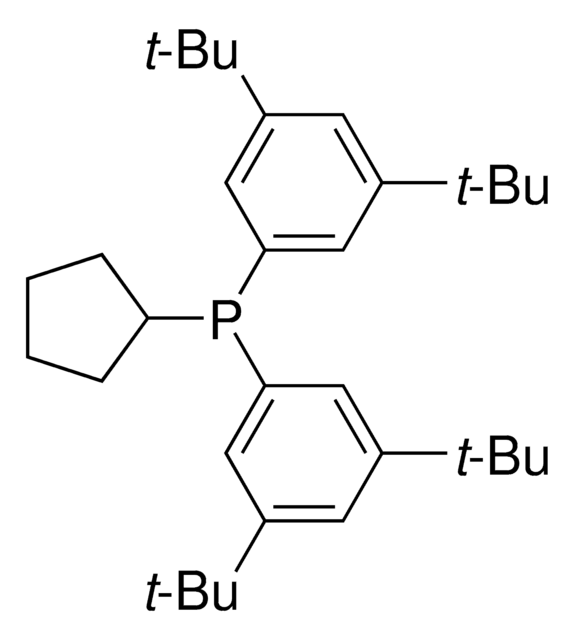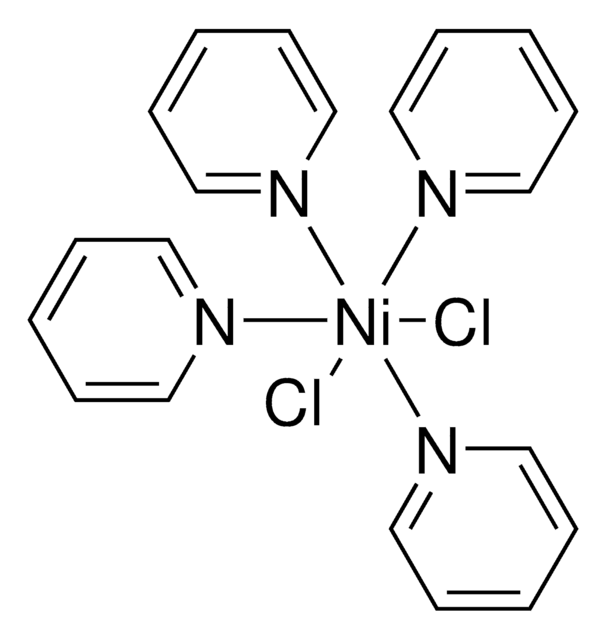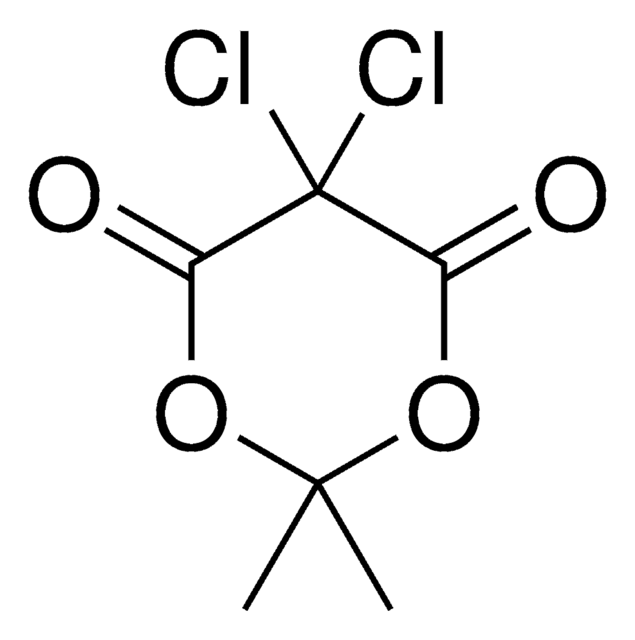About This Item
Recommended Products
Quality Level
Assay
97%
form
powder
reaction suitability
core: nickel
reagent type: catalyst
SMILES string
O=C(N([C@H](C(C=CC=C1)=C1C2)[C@H]2C3)S3(=O)=O)/C=C/C(N4[C@H](C(C=CC=C5)=C5C6)[C@H]6CS4(=O)=O)=O
InChI
1S/C24H22N2O6S2/c27-21(25-23-17(13-33(25,29)30)11-15-5-1-3-7-19(15)23)9-10-22(28)26-24-18(14-34(26,31)32)12-16-6-2-4-8-20(16)24/h1-10,17-18,23-24H,11-14H2/b10-9+/t17-,18-,23+,24+/m1/s1
InChI key
CZVFUQRTDAQUQL-SKLQJEMHSA-N
Application
Storage Class Code
11 - Combustible Solids
WGK
WGK 3
Flash Point(F)
Not applicable
Flash Point(C)
Not applicable
Regulatory Listings
Regulatory Listings are mainly provided for chemical products. Only limited information can be provided here for non-chemical products. No entry means none of the components are listed. It is the user’s obligation to ensure the safe and legal use of the product.
JAN Code
804371-VAR:
804371-BULK:
804371-250MG:
Certificates of Analysis (COA)
Search for Certificates of Analysis (COA) by entering the products Lot/Batch Number. Lot and Batch Numbers can be found on a product’s label following the words ‘Lot’ or ‘Batch’.
Already Own This Product?
Find documentation for the products that you have recently purchased in the Document Library.
Related Content
Research in the Doyle group focuses on two areas: nucleophilic fluorination and nickel catalysis. The Doyle group has developed several reagents that advance these research areas. In fluorination, 2-pyridinesulfonyl fluoride (PyFluor) can be used for the mild deoxyfluorination of primary and secondary alcohols, a procedure which is normally accomplished by the sensitive reagent DAST. In nickel catalysis, the Doyle group has developed a modular, air-stable nickel precatalyst, [(TMEDA)Ni(o-tolyl)Cl], which has broad utility for a wide variety of reactions. This precatalyst can be used in place of Ni(cod)2, NiCl2, as well as other reported precatalysts. Doyle has also reported electron-deficient olefin ligands as a new class of ligand for accelerated reductive elimination. In particular, the sultam-derived ligand Fro-DO has been found to be critical for high yields in the cross-coupling of tertiary aziridines to form quaternary centers.
Our team of scientists has experience in all areas of research including Life Science, Material Science, Chemical Synthesis, Chromatography, Analytical and many others.
Contact Technical Service

![[(TMEDA)Ni(o-tolyl)Cl] 95%](/deepweb/assets/sigmaaldrich/product/structures/236/439/768c916e-994f-47e3-a980-3ca0471317d7/640/768c916e-994f-47e3-a980-3ca0471317d7.png)






